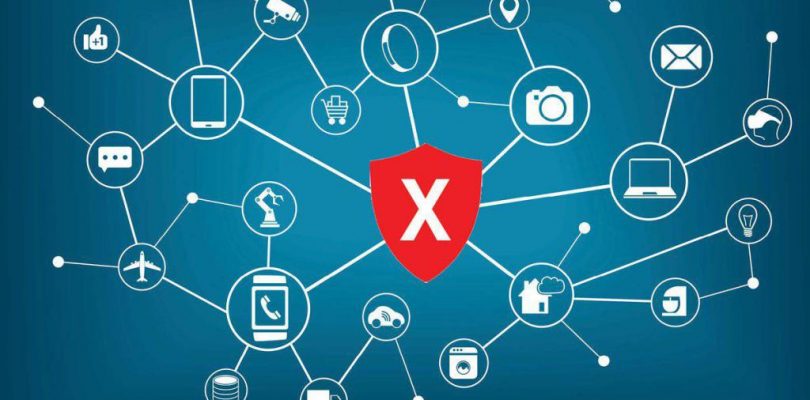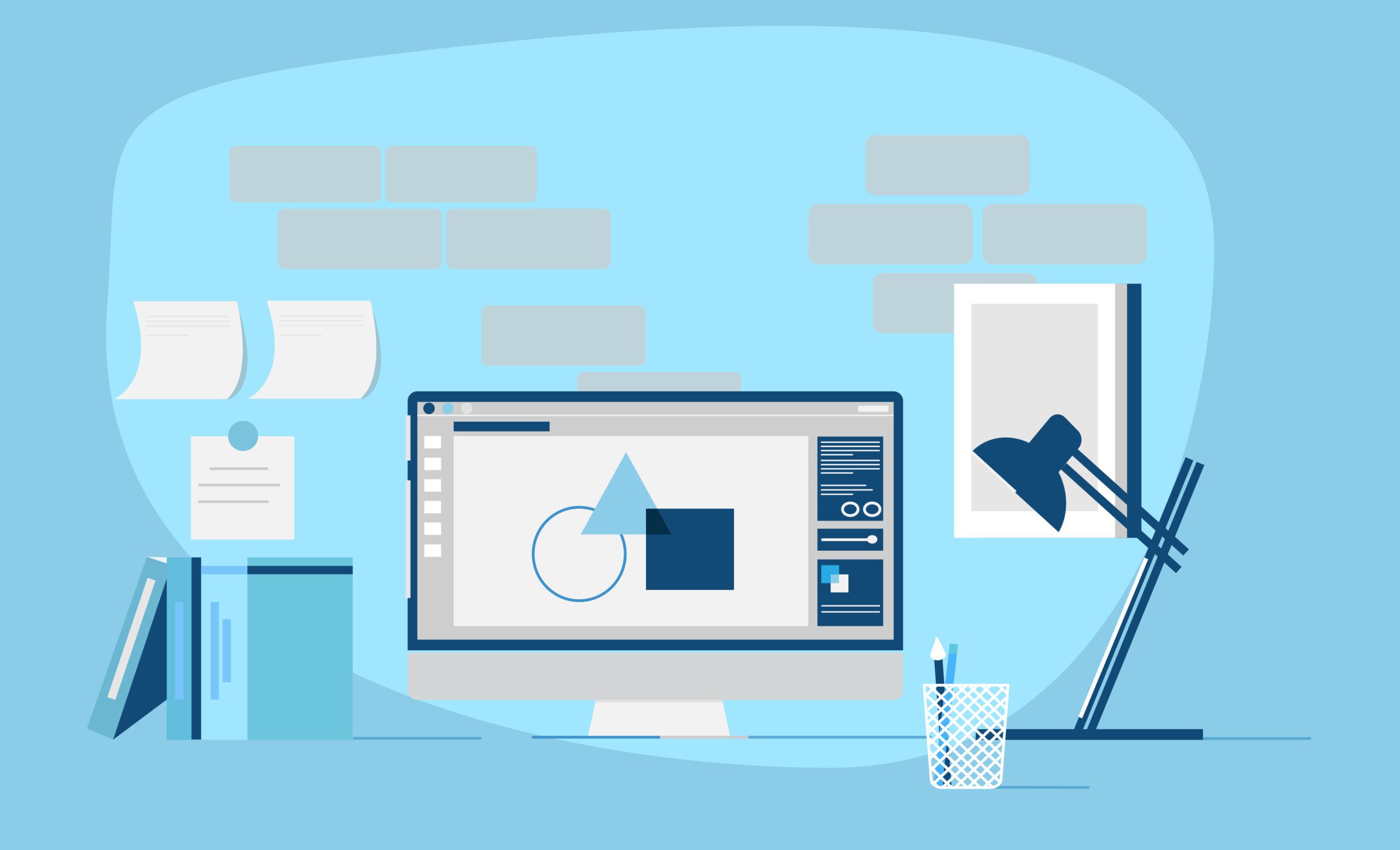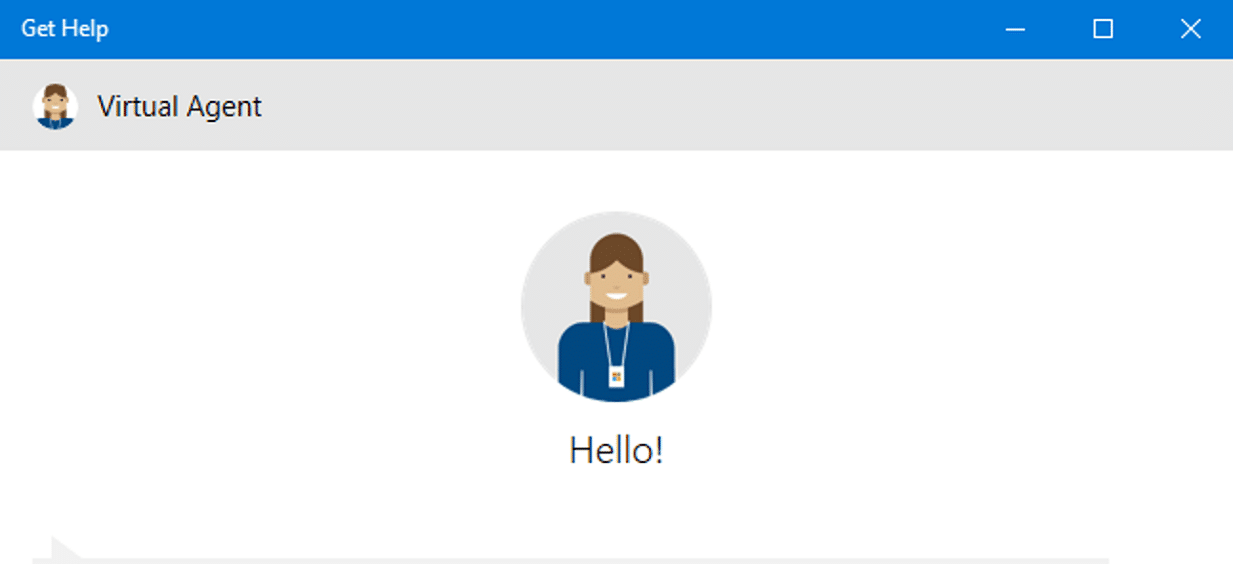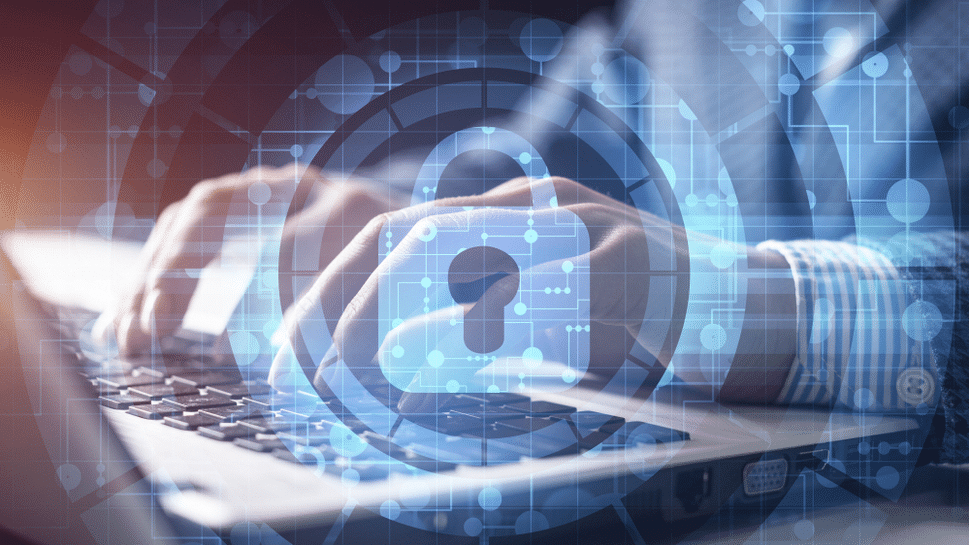The term Malware is an extract from a couple of words; malicious and software and any software that carries some malicious intent falls under malware category. The most usual intent is an attempt to gain unauthorized access to a device in an anticipation of gaining access to confidential data.
Terms for a Malicious Software
Generally speaking, any software which doesn’t reveal what exactly it does or the programmer doesn’t want the device owner to know, is a malware. Badware is another term used for such malicious software. Speaking legally, computer contamination is the term which refers to a malicious software.
Types of Malware
Programmers may use different terms to hide their intents and to justify the legality of a software. The terms mainly indicate the mode a malicious software uses to gain access to a device. These days, advertisement-friendly program (adware) is a widely used malicious software. These programs accompany an advertisement and encourage the users to download a program.
Virus
Just like influenza, a virus pollutes other programs in a system because it contains contagious coding. Once run on a system, it spreads across programs on a system. It spreads to another system with the sharing of infected files.
Adware
Adware is a type of malicious software that receives support from the advertising pragmas. An adware extracts data about the websites the target user visits frequently. The intent doesn’t seem dangerous but still, it accesses the device information without permission so it falls under the category of a malicious software. In worse cases, an adware may damage the system performance by slowing down the browsing speed.
Spyware
Spyware is the most targeted, hated and widely used malware. A Spyware aims at tracking, recording and sharing the activities of the user on the targeted device. Hackers use spyware to gain access to unauthorized and confidential information. The developers generally name it a monitoring program but there are spyware programs which help remote installation in stealth mode and this is what makes these programs highly unlawful.
Worms
Worms damage the files and information stored in the target device. These programs damage the system and eat up files.
Trojan
Just like the Greeks tricked the Troy’s army, Trojan files also trick the device users. Trojans appear to be completely safe but in fact, they are not. These programs access personal and confidential information (mainly the passwords and financial particulars) and share it with the host over the network.
Ransomware
Ransomware is a complicated malware that asks the users to make a payment in order to access a system. In most of the cases, a pop-up warning appears telling the user that access to the system is denied unless paid. It is the technological face of kidnapping where the hacker demands ransom to grant access to the high jacked system.
How Does a Malware Work?
There are different ways which help a malicious software to infect a device. The most common case is the downloading of software which contains hidden applications which run in the background.
Most of the cases occur because of outdated security tools of an operating system. People don’t often consider timely updates of the security tools and this is what makes it easier for a malware to break in the system.
It is not a case of complete theft because most of the times a malicious software manages to land on the device just because of the user’s lack of attention to the details while downloading or installing a program. We have developed a habit of hitting NEXT and CONTINUE and I AGREE without even reading the warning statement.
The conventional carrier of a malicious software is a simple looking audio, image or doc. file. Programmers bind an executable file with simple files within an anticipation of sneaking in the device to access confidential information.
Malware Protection
Never underestimate the importance of a credible and updated antivirus and once installed, make sure that you update it regularly. The best approach is to avoid free/trial antivirus but go for a paid (legitimate) software to ensure consistent updates.
Develop a habit of going through the description and warnings before and during the process of installation/download of a program.
Don’t open the Email attachments from unknown senders. Automatic Email sending programs are the widely used to spread a malware. Along with all these careful measures, you need to make sure that system security is well-set and updated to assist the Operating System defense.
malware removal
You can remove a malicious software with the help of a powerful antivirus. If you doubt a program, you can uninstall it from the Control Panel but it is a good move to scan the system because sometimes a malware doesn’t leave the system even after you uninstall the carrier software.
Some malicious programs enter the registry keys and they give a tough time because it isn’t easy to remove them from the system. You need to install highly powerful antimalware tools to help the system clean itself.
The Best Approach
Just like your homes and offices, it has become increasingly important to protect your smartphones and computers. It becomes even serious in the case of a company’s system or network. There is no room for letting things happen. The best approach is to anticipate and act before things go wrong. Internet security has become essential these days because the hackers and people with malicious intentions are always looking for unprotected systems. Don’t become a target because options become limited once the system is under attack. Prevention is the safest method to keep things on track.
Rather than trusting misleading myths about malware and making things more complex, it is better to seek guidance from expert internet security providers. Programmer come up with new tricks by each passing day and you need to be on the safer side. Don’t hesitate to contact the professionals to ensure foolproof protection against malware before it get too late.
Summary
Various types of Malware (Malicious Software) attack devices in different ways with an intention to gain access to confidential data, spy on the devices and damage the system. There are ways to deal with malware but there is no alternative to a foolproof system security.



